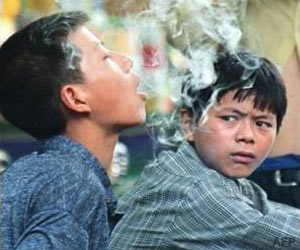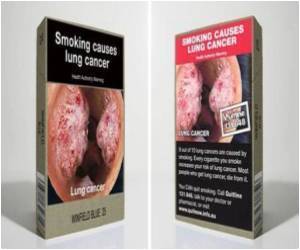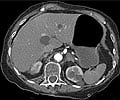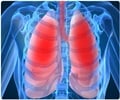Everyone is exposed to passive smoking during their lifetime. Inhalation of harmful tobacco substances causes cancer, heart and respiratory diseases.

- 10% of tobacco-related deaths are caused by passive smoking or second-hand smoking
- Second-hand smoke has no known safe level of exposure
- Second-hand smoke contains more than 4,000 chemicals and of these, 69 are known to cause cancer
- India is home to 12% of the world’s smokers
- Since 2009, approximately 900,000 people die every year in India due to smoking
Dr. PM Bhujang, President, Association of Hospital said, “India is home to 12% of the world’s smokers. Since 2009, approximately 900,000 people die every year in India due to smoking. As of 2015, the number of men smoking tobacco globally rose to 108 million, an increase of 36% between 1998 and 2015. With the number of active smokers increasing day by day, the threat of passive smoking is also rapidly increasing. Indians need to wake up to the risk of cardiovascular diseases which have a devastating impact on the health, growth and development of the country.”
Further commenting Dr. PM Bhujang said, “Other than passive smoking, increasing smoke in the air is also affecting the health of the people drastically. To control this inhalation of polluted air, one should avoid smoking zones; try to avoid breathing near factories producing harmful gasses. A person should be aware about the environment where he breaths the air and should take appropriate measure to control the same.”
How to Reduce the Risk of Passive Smoking?
If exposure to second-hand smoke cannot be prevented, there are some precautions that can protect the health of the people who are exposed and the suggestions include:
- Request those who smoke in your house to smoke their cigarettes outdoors
- No smoking should be allowed in cars even with the windows open
- Make sure children are moved away from any site where there are smokers
- Visit restaurants that enforce no-smoking policies
- Encourage your loved ones to quit smoking
- Increased risk of complications during childbirth
- Miscarriage and stillbirth
- Premature birth and low birth weight
- Newborns who are exposed to smoke are more prone to die from a condition called sudden infant death syndrome (SIDS).
Many countries ban people from smoking in public places and impose fines. Most governments impose high excise duties on tobacco. In India, smoking in public places was banned from October 2nd 2008 under the Prohibition of Smoking in Public Places Rules, and The Cigarettes and Other Tobacco Products 2003 (COTPA). The ban was notified by the Ministry of Health and Family Welfare. Smoking is restricted to open spaces visited by the public such as hospitals, auditoriums, cinemas, public transports and their related facilities, restaurants, hotels, amusement centers, offices, libraries, courts, shopping malls, and educational institutions. However, public places do not include roads, parking spaces, open market places and parks. The law imposes a fine of Rs.200 for a person caught smoking in public places.
Currently, the minimum age for buying tobacco products is 18 years. Union Health Minister, JP Nadda proposed COPTA Bill 2015, to raise the age of a person buying tobacco products to 21 years. Nadda also proposed to raise the fine for smoking in public places to Rs 1,000 from Rs 200.
The Global Youth Tobacco Survey conducted in 2009 showed that 14.6% of students aged 13 to 15 years are using tobacco in India. The survey also found that 11% of boys were users of smoking and smokeless tobacco. While 6% girls used smokeless tobacco and 3.7% smoked tobacco. It is estimated that tobacco will be the main cause of 13% of deaths in India by 2020.
The COTPA Bill, 2015, states that the sale of loose tobacco products makes minors susceptible to tobacco use and promotes tobacco sale. Therefore, the prohibition of the sale of tobacco products loose and in single sticks is proposed.
The public health consequences of passive smoking are high due to the large numbers of people exposed. Quitting smoking is the route to better health and it's also good for others as well.
Reference:
- http://www.tobaccocontrollaws.org/legislation/country/India/summary
Source-Medindia















